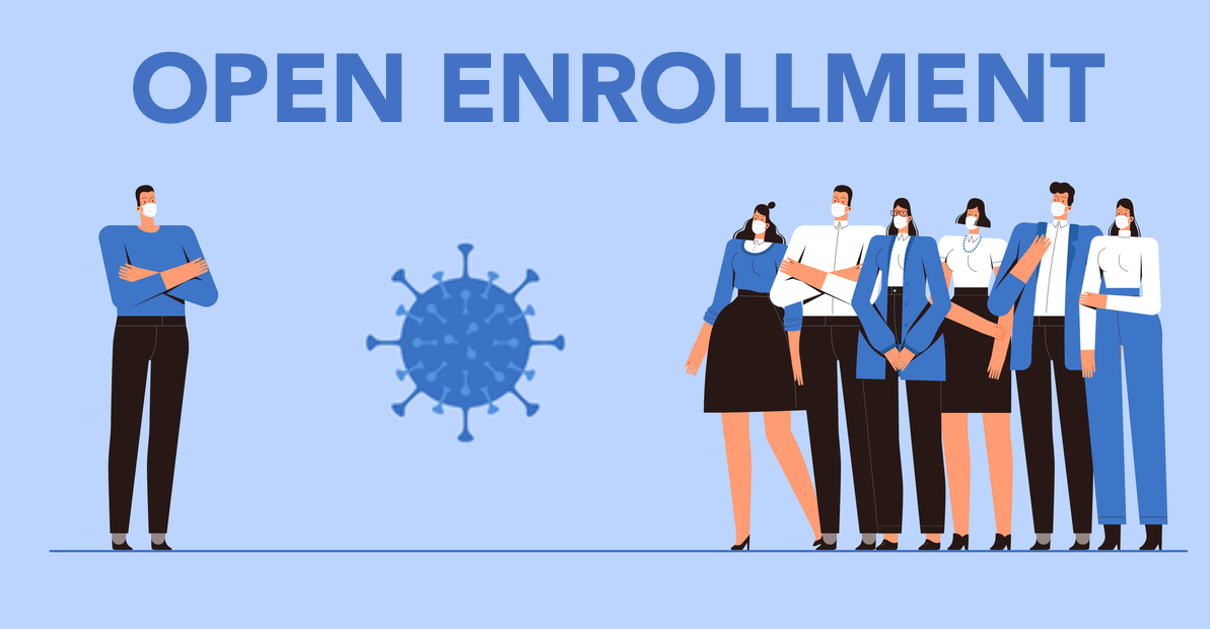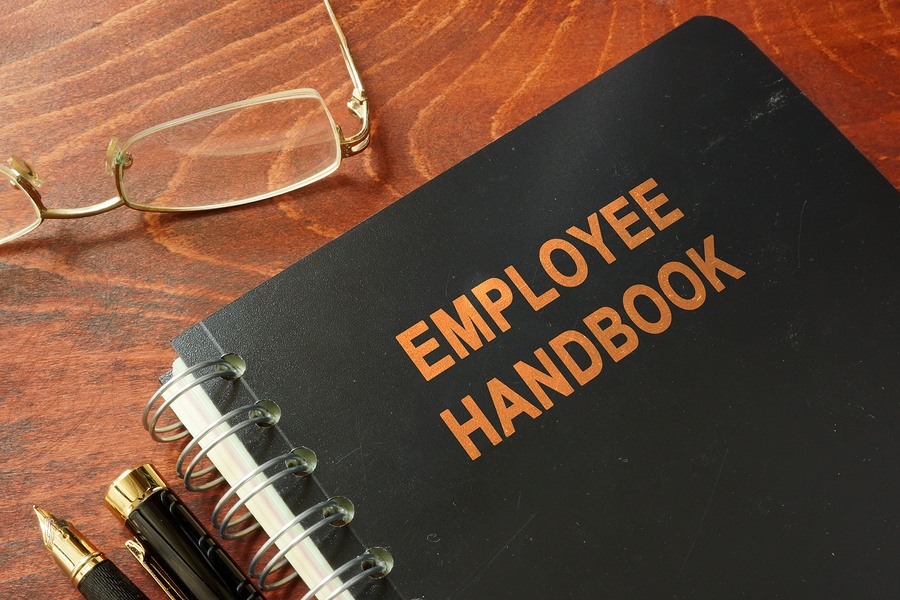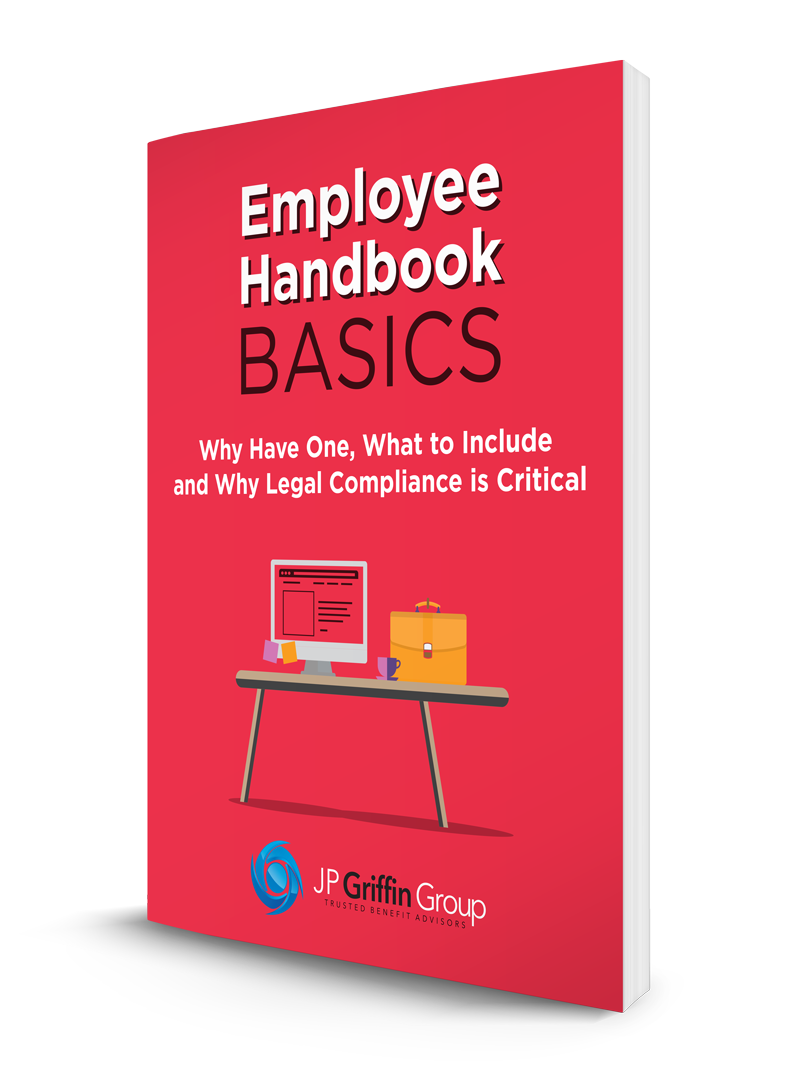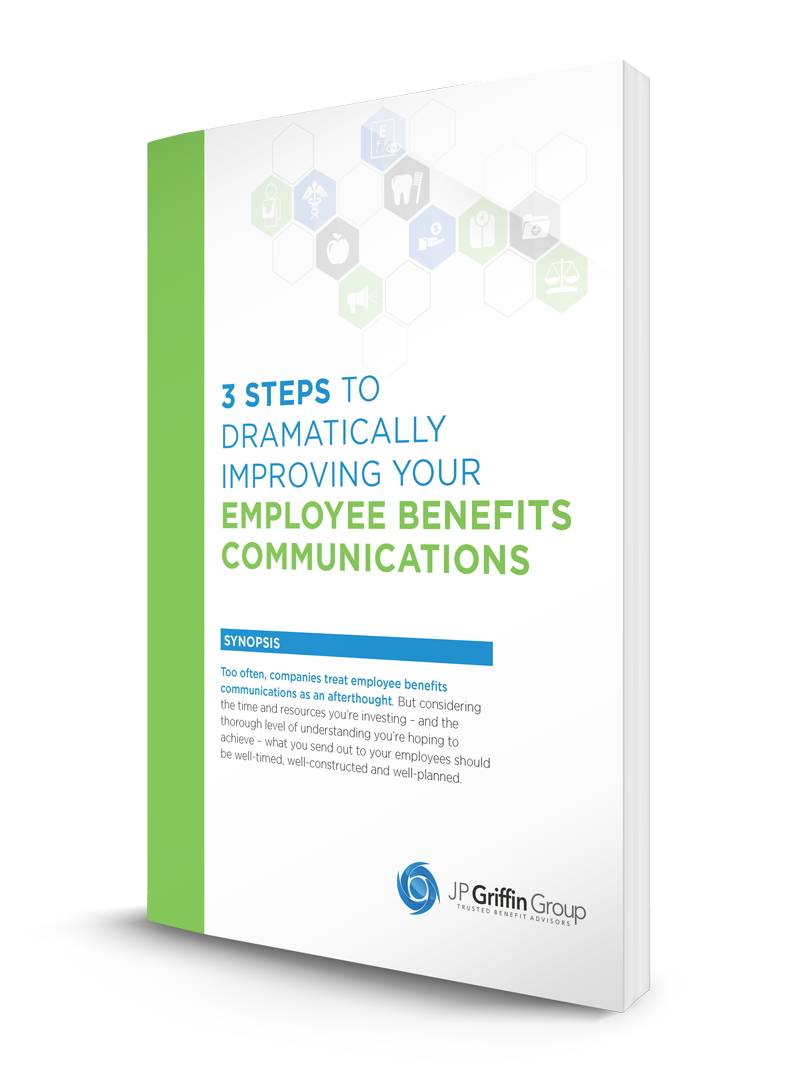3 Great TED Talks in The Era of Choice & Consumer-Driven Healthcare (CDHC)
Initial indicators suggest that consumer-directed health plans are indeed succeeding on several fronts; primary care engagement is up, trips to the emergency room are down, health savings account (HSA) balances are rising, and most importantly, health care spending is falling by 5 to 14 percent. But there's a big roadblock to CDHC / CDHP adoption: rampant consumer confusion.
That was the chief point from Harry Gottlieb, during a keynote address last Wednesday at the Human Resource Executive Health and Benefits Leadership Conference.
At least two of the pitfalls with Consumer-Driven Health Care (CDHP) and Consumer-Driven Health Plans (CDHP) are the rampant growth in options and the fundamental belief that humans make intuitive, rational decisions. If only that were true!
So what can we do about it? Fortunately, there are a multitude of behavioral studies to help guide our understanding of this phenomenon, as well as lay out a roadmap for us to follow to facilitate better decision making.
Here are what we, as the JP Griffin Group, consider to be three of the most relevant, informative and actionable TED Talks on audience segmentation, behavioral economics and the cognitive limitations of humans when faced with choice.
#1) "Choice, Happiness and Spaghetti Sauce", by Malcolm Gladwell
Struggling to find the perfect medical plan and perfectly optimized employee benefits portfolio for your entire work force? This TED Talk makes the case that we are not one homogenous group of consumers, no matter what the category for consideration, be it coffee, soda, healthcare, financial services and even spaghetti sauce. The concept is presented in a highly entertaining fashion by one of the best storytellers of our day, Malcolm Gladwell, author of such best selling books as Outliers, The Tipping Point, Blink and other works that focus on the unpredictable things that people do in the course of their normal lives. Gladwell sets out to explain how a guy by the name of Howard Moskowitz reinvented tomato sauce – a challenge given to him by the Campbell Soup Company when he was asked to create the “perfect” sauce.



